Featured Image: Courtesy of Sweet Protection Design Team
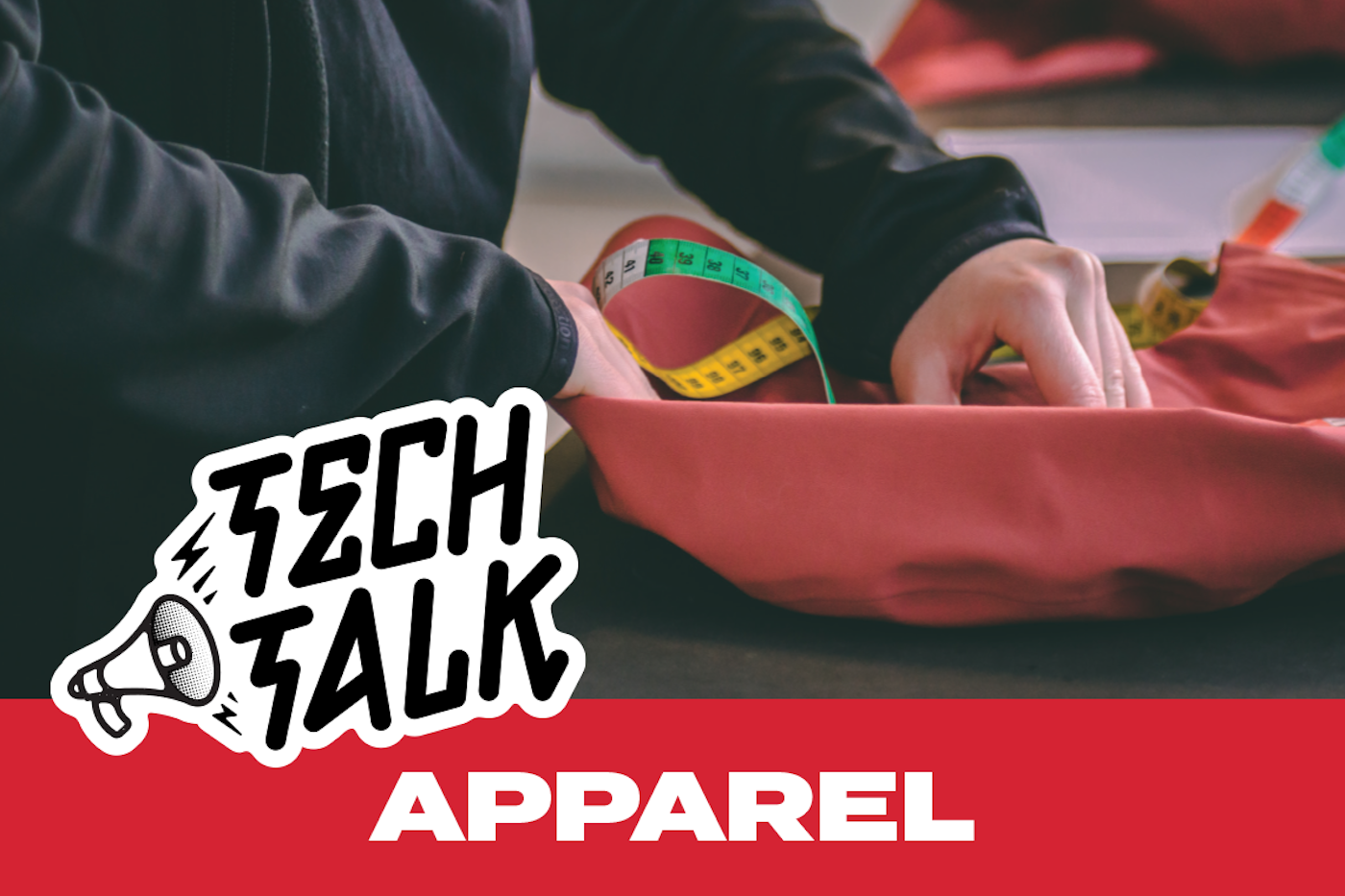
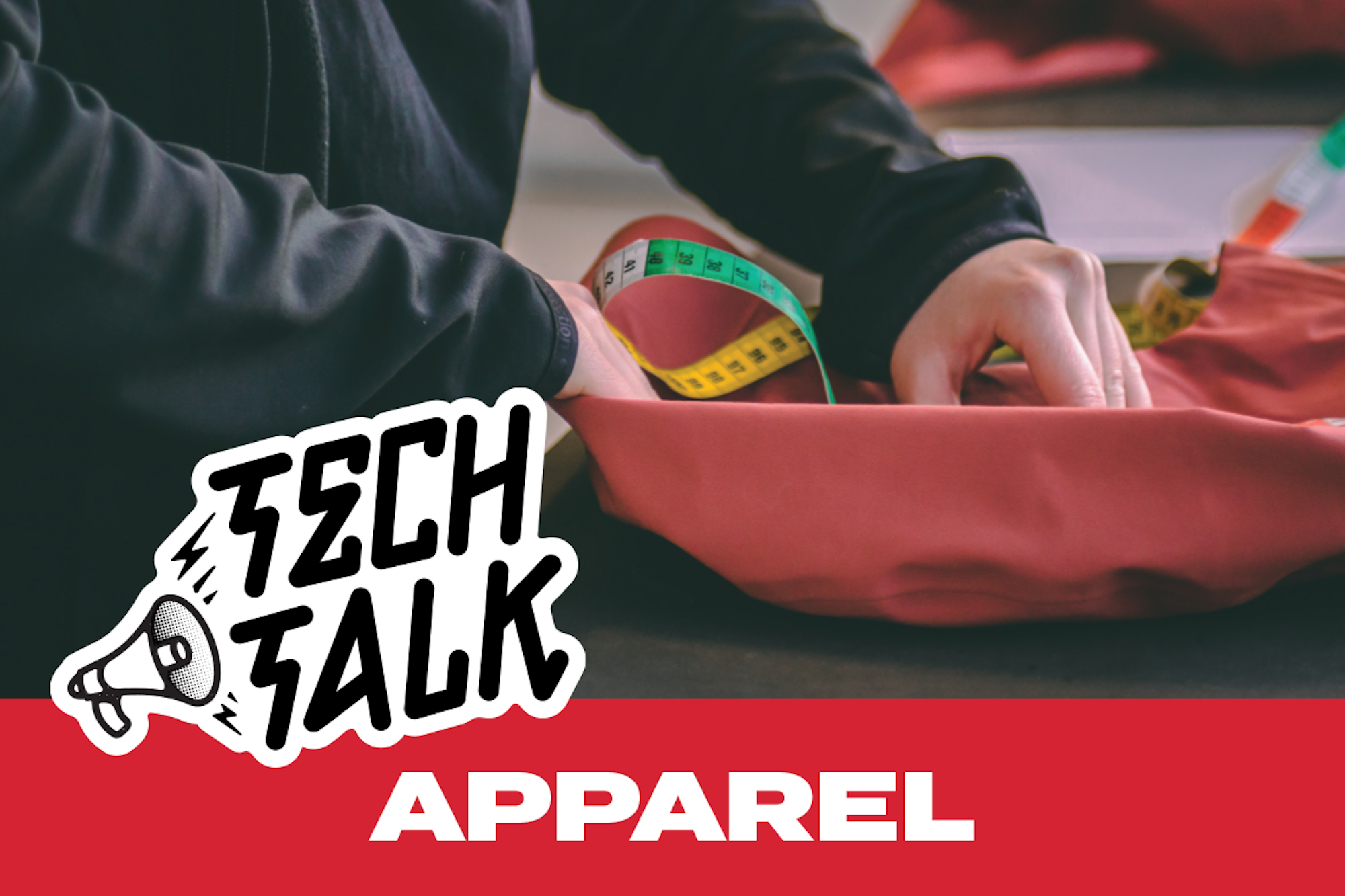
Cutting through the jargon that surrounds ski gear can be tough. To help you better understand the products you need for a great day on the hill, we’ve brought in the expert Gearheads from Backcountry.


Ashleigh McClary
Age: 38
Number of years as a Gearhead: 4
Favorite Place to ski: Canyons Resort, Deer Valley, Snowbird & Brighton, UT
Favorite après drink or snack: Deer Valley’s Turkey Chili
Tell us a little about yourself:
I’m a former East Coast skier who moved to Salt Lake City to work at Backcountry and have quicker access to the slopes. I ski the resort and backcountry, snowboard and ride my Sno-Go bike. On mountain, you can find me ripping groomers or adventuring off-piste in places like 9990 and Jupiter in Park City, or the glades at Deer Valley.
ASHLEIGH SAYS…
How do I decide between an insulated or shell jacket?
It depends when and where you’ll be skiing, how hot or cold you typically run and what type of skiing you do. Insulated jackets are great for frigid resorts in places like New England and Montana. If you run cold, only plan on skiing in very cold weather and/or don’t do a lot of active skiing, an insulated jacket is the way to go. I personally prefer a shell, as you can customize your layers as needed, or even wear a shell with a thin shirt underneath on warmer days.
How important are brand name materials like GORE-TEX and Primaloft?
As someone who gets rides at least 60 days a season and encounters all kinds of conditions and weather, having gear built by companies I trust to protect me and keep me warm, dry and comfortable is of the utmost importance. For a more casual skier who goes out on a 40+ degree day and isn’t skiing hard, it might not be as big of a deal.
Are there real benefits to buying a full “kit” of apparel versus pairing an individual jacket and pant?
I like to have a kit by the same brand because, along with the obvious matching colors, they’re usually built with features that pair together, like being able to button the inside of your jacket to your pants to keep snow out on deep powder days. However, that’s all subjective and depends on what matters most to you!
GET TO KNOW THE LINGO…
01. MEMBRANE
A membrane is a thin piece of fabric with pores that are small enough to keep water out (waterproof) but large enough to allow vapor to escape from the inside (breathable). It’s hidden between the outer layer and inner layers of fabric on a jacket. There are several brands of membranes, such as Gore-Tex, Pertex and eVent. Lots of brands also make their own proprietary membranes like Patagonia’s H2No.
02. TWO-LAYER (2L) vs. THREE-LAYER (3L)
These are the two most common types of outerwear construction and refer to the layers of fabric that protect the membrane. A 2L jacket has a face fabric laminated to the outside of a shell and a liner sewn to the inside. A 3L jacket has a face fabric laminated to the outside of the shell as well as the inside, making it more durable, breathable and waterproof than a 2L piece. I highly advise 3L outerwear for people who are out in the elements a lot, especially if you’re riding in (and brushing up against) trees or sending hard in general. For more casual skiers, there are some great 2L pieces out there that will work just fine.
03. WATERPROOF AND BREATHABILITY RATINGS
A garment’s waterproof rating is often derived from a water column test or similar variation. A one-inch square tube is positioned on top of a piece of fabric and filled with water until it penetrates the membrane. The amount, in millimeters (mm) the fabric can take before soaking is its rating: 10,000 mm would be a 10K rating. A test measuring the amount of water vapor that permeates a square meter of fabric over 24 hours produces a garment’s breathability rating, which is shown in grams per meter squared per day (10,000 g/m2/d, or 10K). So, in short, the higher the number, the more waterproof or breathable the jacket or pant will be.
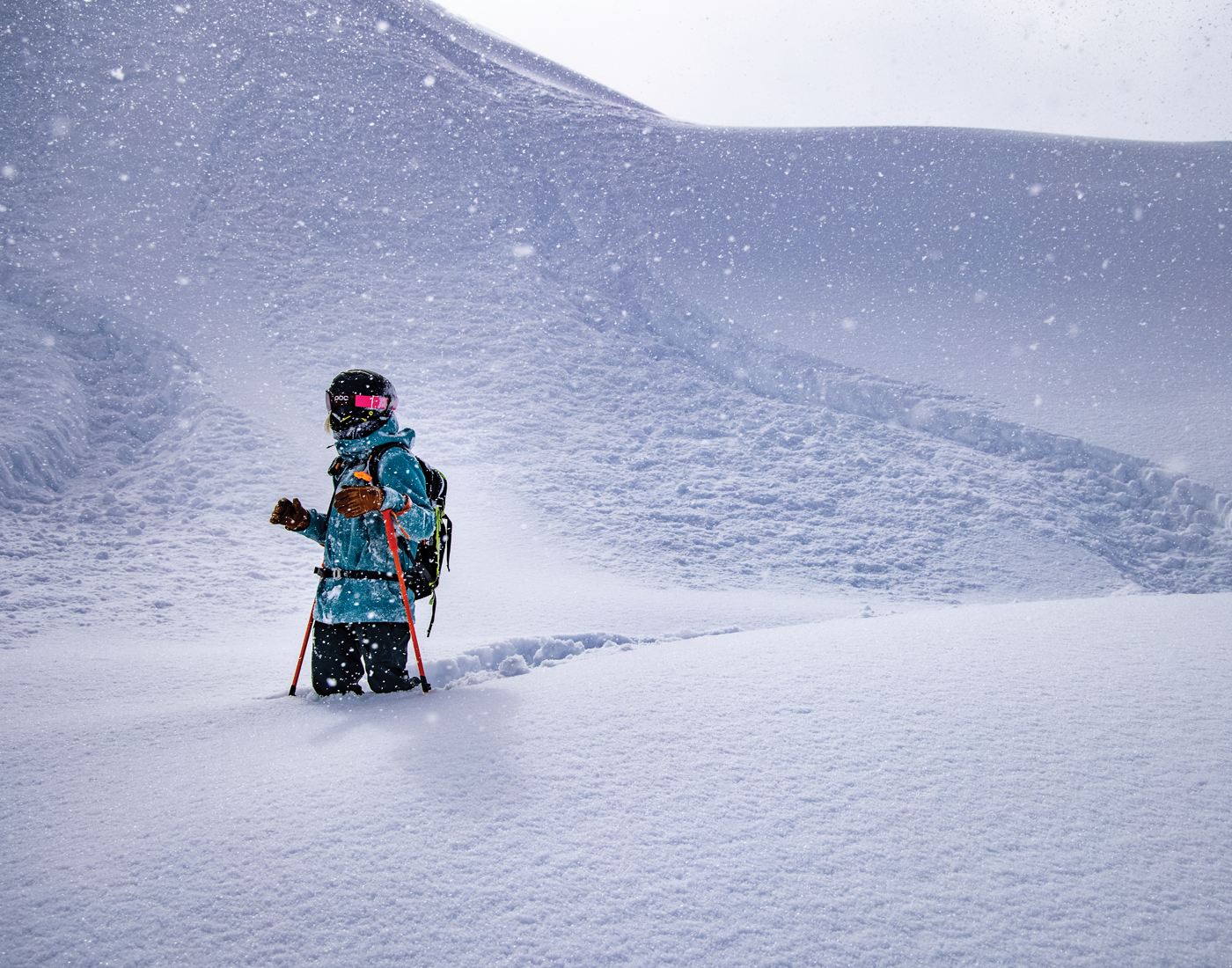
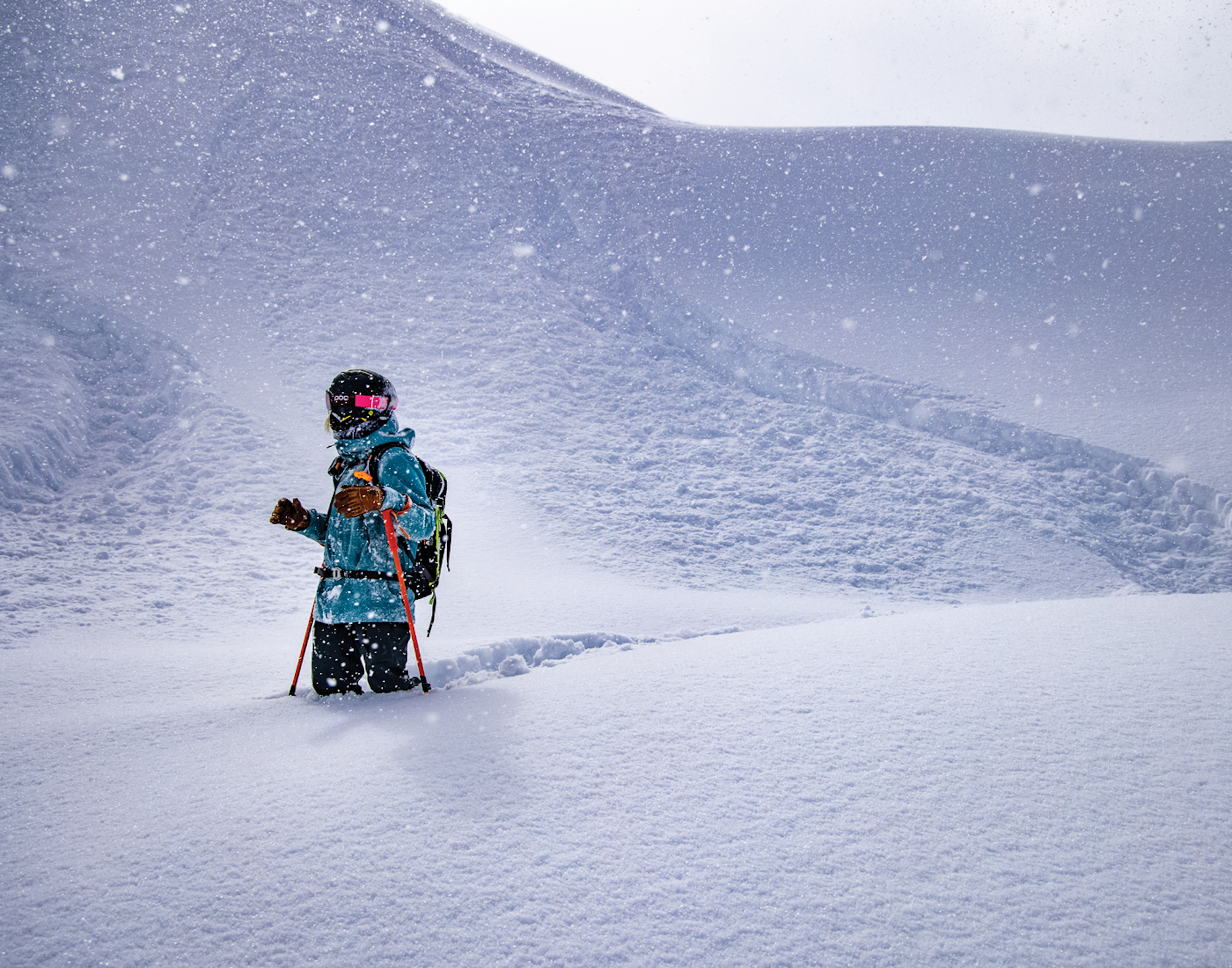
04. DWR
Durable Water Repellent is a clear coating that’s applied to the face fabric of most outerwear to supplement the membrane. It helps keep the face fabric dry so the membrane can do its job. The DWR sometimes needs to be reactivated by putting your garment in the dryer or by treating it with a DWR revival product like Nikwax, Grangers or Gear Aid Revivex. This is something that should be considered once a year, depending on how often you use your gear and in what conditions.
05. DOWN INSULATION
Down insulation uses down fill from goose or ducks and is warmer for the weight than synthetic insulation, but loses that warmth if it is wet. It comes in fill measurements ranging from 550-900. The lower the fill, the bulkier and heavier it is and will also need more down to keep you warm. When buying down apparel, the higher number, the lighter, thinner and warmer it is for the weight, and you will need less of it to keep you warm. Down is usually filled into baffles inside the jacket.
06. SYNTHETIC INSULATION
Synthetic insulation is a type of polyester fiber that comes in a sheet or in clusters to mimic down that’s inside the liner of your outerwear. It isn’t quite as warm or lightweight as down, but it does retain warmth when wet, which is a huge benefit. Polartec is the most popular brand of synthetic insulation, but a lot of brands have their own patented synthetic insulation, like Arc’teryx’s Coreloft, for example. Its warmth is measured in grams usually ranging from 40 grams to 200 grams. The lower the weight, the lighter and less warm it is; the higher the weight, the warmer and heavier. 60-100 grams is pretty standard in most outerwear with 60 being more versatile and 100 being warmer.
BEFORE YOU BUY…
Consider the fit. There are several things to consider with the fit of outerwear. The main types of fit are regular, relaxed or athletic and trim. Make sure you read the tech specs on each product you’re considering to assess its fit type and what is best for your body type and accommodating layering beneath. If you’re adding bulky layers underneath, I’d consider something with a regular fit; if you’re just wearing baselayers underneath or have a slim build, you can usually wear trim/slim fit. If you’re freeride skiing, you also want to consider a regular fit with articulated knees/elbows to have room for extra motion.
Think about ventilation. When skiing, you can often get too warm and want to dump some heat. Most outerwear producers take this into consideration and build in different ventilation features like extra-breathable fabric, pit zippers, ventilated pockets on the chest/body/legs to allow air in and out, and two-way zippers that allow you to unzip a jacket from the bottom.
Think about your budget. Ask yourself: Is this item within my budget and does it fit my needs? If not, you may need to consider increasing your budget to get a piece that fits your needs or keep looking until you find the best item for the best price.
![[Tech Talk] FREESKIER's no-nonsense guide to buying apparel](https://www.datocms-assets.com/163516/1751501382-tt_apparel_feat.png?auto=format&bg=FFFFFF&w=100)
![[Tech Talk] FREESKIER's no-nonsense guide to buying apparel](https://www.datocms-assets.com/163516/1751501382-tt_apparel_feat.png?auto=format&bg=FFFFFF&w=1200)
![[GIVEAWAY] Win a Legendary Ski Trip with Icelantic's Road to the Rocks](https://www.datocms-assets.com/163516/1765233064-r2r26_freeskier_leaderboard1.jpg?w=200&h=200&fit=crop)
![[GIVEAWAY] Win a Head-to-Toe Ski Setup from IFSA](https://www.datocms-assets.com/163516/1765920344-ifsa.jpg?w=200&h=200&fit=crop)

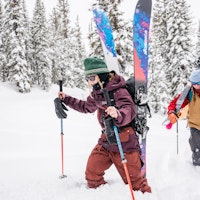
![[GIVEAWAY] Win a Legendary Ski Trip with Icelantic's Road to the Rocks](https://www.datocms-assets.com/163516/1765233064-r2r26_freeskier_leaderboard1.jpg?auto=format&w=400&h=300&fit=crop&crop=faces,entropy)


![[GIVEAWAY] Win a Head-to-Toe Ski Setup from IFSA](https://www.datocms-assets.com/163516/1765920344-ifsa.jpg?auto=format&w=400&h=300&fit=crop&crop=faces,entropy)


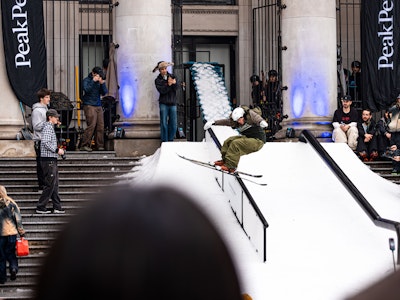
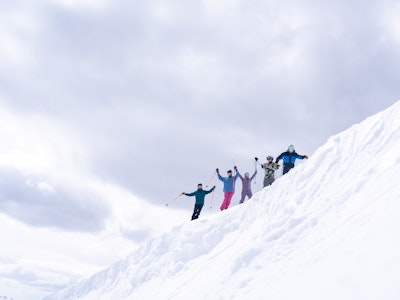
![[Tech Talk] FREESKIER's no-nonsense guide to buying apparel](https://www.datocms-assets.com/163516/1751501382-tt_apparel_feat.png?auto=format&bg=FFFFFF&w=2000)